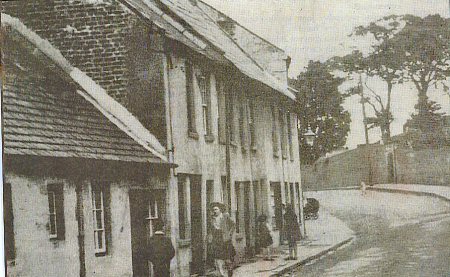Even today,
It is among the oldest of our residential streets and today contains just two business premises along its entire length – Billy O’Hara’s pub being one of these.
|
2 |
W J Gordon |
|
3 |
David Forsyth |
|
5 |
William Henry |
|
7 |
Thomas Irwin |
|
9 |
Robert Heslip |
|
11 |
Hanna Fegan |
|
13 |
James Moran |
|
21 |
Mary Murphy |
|
25 |
William McKeague |
|
31 |
Marth J McCulla |
|
37 |
Francis Kane |
|
39 |
William Hooks |
|
40 |
John Kearney |
|
41 |
Robert Smith |
|
42 |
James Heslip |
|
43 |
James Hazlett |
|
45 |
Mary A Anderson |
|
47 |
William NcAnuff |
|
48 |
Thomas Hutchinson |
|
49 |
A Littlewood |
|
50 |
J Mallaghan |
|
51 |
Joseph Weir |
|
52 |
William Gamble |
|
56 |
Hugh Cunningham |
|
57 |
George Walker |
|
59 |
David Fleming |
|
60 |
John Sterritt |
|
61 |
Catherine McDonald |
|
62 |
Mary A Heatley |
|
62a |
Mary A Arnold |
|
63 |
Edward Caulfield |
|
63a |
Joseph Mulgrew |
|
64 |
Samuel Smith |
|
65 |
William Marshall |
|
66 |
S Smith Jr |
|
67 |
Thomas Cox |
|
69 |
Sarah Young |
|
73 |
M McAteer |
|
74 |
Annie Small |
|
101 |
Waddell Morrow |
|
105 |
William Lockhart |
|
113 |
David Boyd |
|
115 |
Joseph Martin |
Perhaps of note is the number of ownerships/occupiers ascribed to females: it is speculated that the majority of these were likely to have been widows.
Also interesting is the two sub-divided houses 62a and 63a. Small enough to begin with, it is difficult to imagine how these homes could have been sub-divided and sub-let.
Are any of these homes still owned in the same family name as then? Or even occupied by direct descendents?
Can any of our readers shed any light on this interesting subject?
